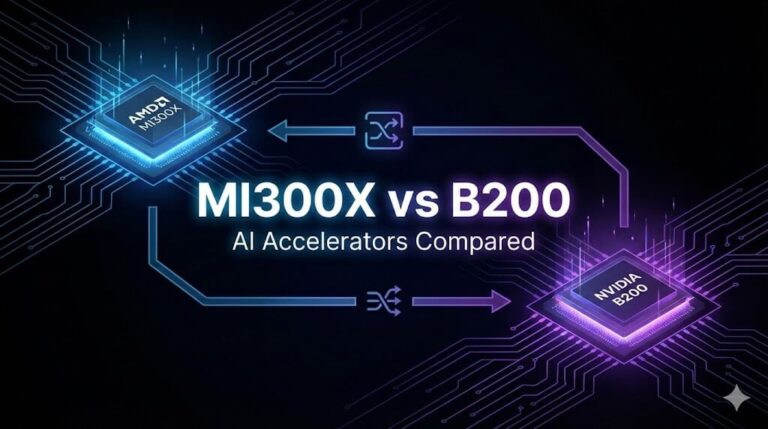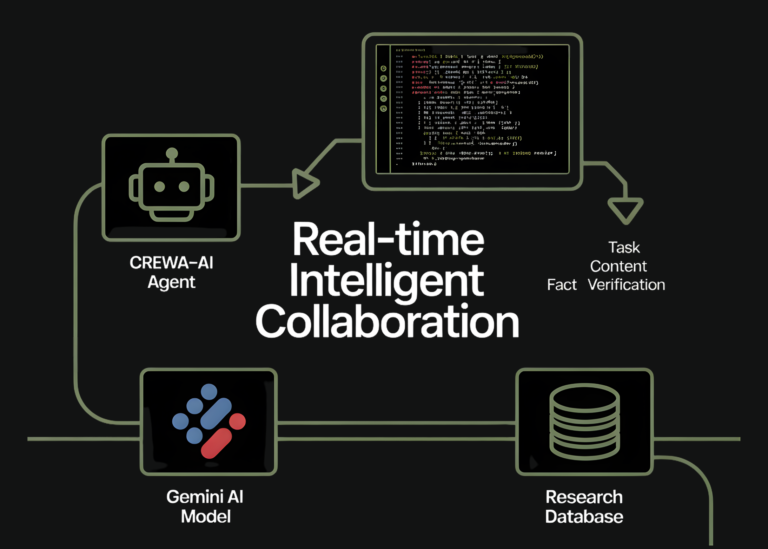AI Tools for Automating HR Processes: Transforming Talent Management in the Digital Age
In today’s fast-paced business environment, Human Resources (HR) departments are under increasing pressure to streamline operations, enhance employee experiences, and make data-driven decisions. Artificial Intelligence (AI) is emerging as a powerful ally in this endeavor, offering innovative tools to automate various HR processes. From recruitment to employee engagement, AI is reshaping how organizations manage their most valuable asset: their people. This article explores how AI is transforming HR, the key areas it impacts, and the benefits it brings to organizations.
1. AI in Recruitment and Talent Acquisition
Recruitment is one of the most time-consuming HR functions, but AI is revolutionizing this space. AI-powered tools can screen resumes, assess candidate fit, and even conduct initial interviews.
- Resume Screening: AI algorithms analyze resumes against job criteria, identifying top candidates based on skills, experience, and keywords. Tools like HireVue and Pymetrics use machine learning to assess candidates’ potential beyond traditional metrics.
- Virtual Interviews: Chatbots and AI-driven platforms, such as Mya or Paradox, conduct pre-screening interviews, asking standardized questions and evaluating responses for tone, sentiment, and relevance.
- Talent Matching: AI tools like Breezy HR and Sociable use predictive analytics to match candidates with roles based on cultural fit and long-term potential.
Benefits: Reduces time-to-hire, minimizes human bias, and improves the quality of hires by focusing on data-driven insights.
2. Streamlining Onboarding with AI
Onboarding is critical for employee retention, and AI ensures a seamless experience from day one.
- Personalized Onboarding Portals: AI-powered platforms, such as BambooHR and Workday, deliver tailored onboarding plans, guiding new hires through company policies, training modules, and team introductions.
- Chatbots for Support: Virtual assistants like IBM’s Watson or Drift answer common onboarding questions, reducing the burden on HR teams and ensuring 24/7 support.
- Automated Paperwork: AI streamlines document submission and verification, ensuring compliance with legal requirements.
Benefits: Accelerates employee integration, enhances engagement, and reduces administrative workload.
3. Enhancing Performance Management
Traditional annual reviews are being replaced by continuous feedback loops, thanks to AI.
- Real-Time Feedback Tools: Platforms like 15Five and Lattice use AI to analyze employee performance data, offering insights into strengths and areas for growth.
- Predictive Analytics: AI identifies trends in employee performance, flagging potential issues early and suggesting personalized development plans.
- Goal Alignment: Tools like OKR (Objectives and Key Results) platforms leverage AI to align individual goals with organizational objectives.
Benefits: Encourages continuous improvement, fosters transparency, and helps retain top talent.
4. Automating Payroll and Benefits Administration
Payroll and benefits management are complex and error-prone, but AI simplifies these processes.
- Automated Payroll: AI-powered systems like ADP and Gusto handle salary calculations, tax deductions, and compliance, minimizing errors and saving time.
- Personalized Benefits Recommendations: AI analyzes employee data to suggest tailored benefits packages, improving satisfaction and reducing administrative overhead.
- Compliance Monitoring: AI tracks regulatory changes and ensures payroll practices remain compliant with local and international laws.
Benefits: Increases accuracy, reduces administrative costs, and ensures timely payments.
5. Boosting Employee Engagement through AI
Employee engagement is vital for productivity and retention, and AI offers innovative ways to foster it.
- Sentiment Analysis: AI tools analyze survey responses, social media activity, and communication patterns to gauge workplace morale. Platforms like Engagedly and Qualtrics provide actionable insights.
- AI-Driven Learning: Generative AI creates personalized training content, such as micro-learning modules, to address skill gaps.
- Virtual Assistants: AI-powered apps like Microsoft Viva offer wellness tips, mental health resources, and team-building suggestions to enhance well-being.
Benefits: Increases employee satisfaction, identifies engagement gaps, and promotes a culture of continuous learning.
6. Challenges and Considerations in AI Adoption
While AI offers numerous benefits, its implementation comes with challenges:
- Data Privacy: Handling sensitive employee data requires robust security measures to comply with regulations like GDPR.
- Bias in Algorithms: AI systems can inherit biases from training data, necessitating regular audits and diverse data sets.
- Human Oversight: AI should augment, not replace, human judgment. HR professionals must balance automation with empathy and critical thinking.
- Cost and Integration: Initial investment and integration with existing systems can be complex, requiring careful planning.
7. The Future of AI in HR
The future of HR lies in hyper-personalization and predictive analytics. Emerging trends include:
- Generative AI: Creating customized training materials, employee communications, and even virtual mentors.
- Enhanced Analytics: Real-time workforce analytics for strategic decision-making.
- Ethical AI Frameworks: Increasing focus on fairness, transparency, and accountability in AI systems.
Conclusion
AI tools are not just a technological advancement; they are a strategic necessity for modern HR departments. By automating repetitive tasks, providing actionable insights, and enhancing employee experiences, AI enables HR professionals to focus on high-value activities that drive organizational success. However, the key to leveraging AI lies in ethical implementation, continuous learning, and a human-centric approach. As AI evolves, its role in HR will only grow, paving the way for smarter, more agile, and more compassionate workplaces.
In this transformative journey, the goal is not to replace humans but to empower them, ensuring that technology serves as a catalyst for growth, innovation, and meaningful human connection.







